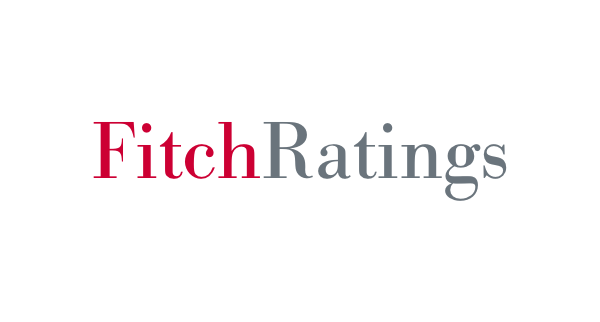September 28, 2023 (MLN): Sovereign rating changes in 2023 have been broadly balanced, with 13 upgrades and 11 downgrades of Long-Term Foreign-Currency Issuer Default Ratings, according to a press release issued by Fitch Ratings.
The net Positive Outlook balance has improved to -1 following 15 Positive versus 10 Negative Outlook revisions year-to-date and is now higher for emerging markets (EMs) than developing markets (DMs) for the first time since 2014.
Sovereign rating volatility has fallen in 2023 and is below its long-term average, following the actions driven by the COVID-19 pandemic and the Ukraine war and energy shock over the past three years.
Average EM ratings in all regions have recovered from their all-time lows, but remain low by historical standards.
Rating pressures generally have been greater on frontier markets than on larger EMs.
Fourteen sovereigns are on Negative Outlook and 13 are on Positive, although Negative Outlooks cover a much higher volume of sovereign debt (nearly $5 trillion, compared with $0.6 trillion).
This is due to the presence of two highly indebted DM sovereigns, Belgium and the UK (which account for the largest share of the notional amount of outstanding debt issued by a sovereign on Negative Outlook).
The net Positive Outlook balance is at or close to zero both for EMs (0) and DMs (-1), the first time it has been higher for EMs in nearly a decade, partly because of EMs’ stronger fiscal performance since the pandemic.
EMs on aggregate did not experience the same pandemic-driven spending surge as DMs.
Spending restraint in many EMs was exacerbated by financing constraints as well as less developed public health and social security systems.
However, public finances in EMs and DMs benefitted from rising inflation from March 2021, which boosted nominal GDP and revenue growth. High commodity prices also boosted tax revenues for some EMs.
Aggregate data disguise considerable variations in fiscal performance among EM and DM sovereigns.
Nevertheless, DMs may face greater fiscal challenges than EMs in the near term.
The favorable fiscal effects of inflation are now fading as price rises slowly.
But DMs’ expenditure, which had stabilized in 2022 in the aftermath of the pandemic, has begun rising again due to a combination of energy subsidies, indexed expenditure, and higher interest costs as DM central banks have raised rates and embarked on quantitative tightening.
Total DM government interest payments in 2021 were unchanged from 2007, at about USD1 trillion, despite the total DM government debt stock doubling.
In contrast, EMs’ rising debt over the same period of ‘lower-for-longer’ DM policy rates has been reflected in rising interest payments, and they have not experienced a comparable payment shock in the past two years.
Fitch expects roughly 30% of its rated portfolio to post wider fiscal deficits or smaller surpluses next year than in 2023.
As well as those factors mentioned above, weaker global economic growth will weigh on revenue increases.
Fitch recently cut the 2024 world growth forecast by 0.2pp to 1.9% with widespread downward revisions (see ‘Global Economic Outlook – September 2023’) and will publish updated fiscal forecasts for rated sovereigns in our upcoming Sovereign Data Comparator in early October.
Copyright Mettis Link News
Posted on: 2023-09-28T10:30:29+05:00







